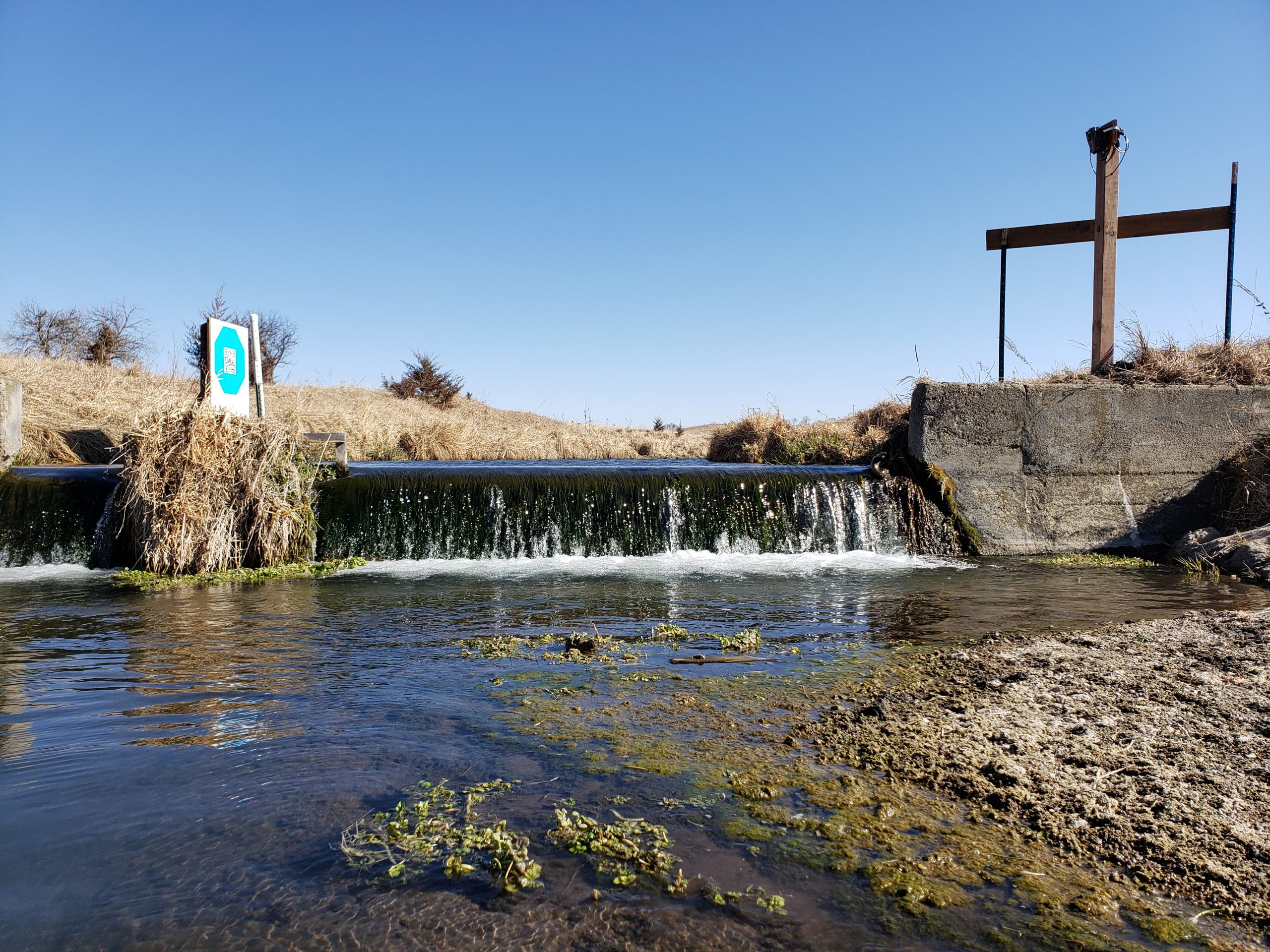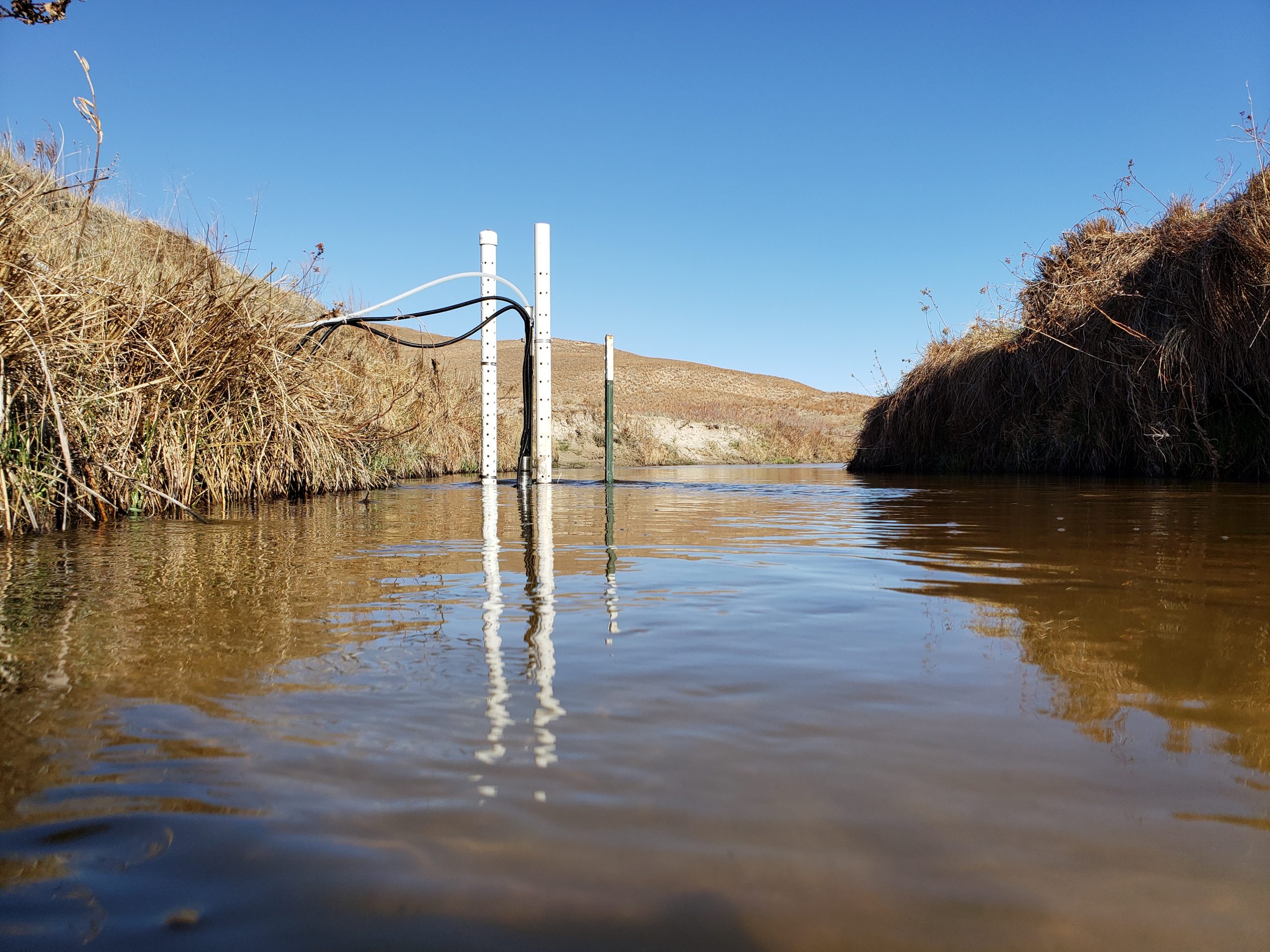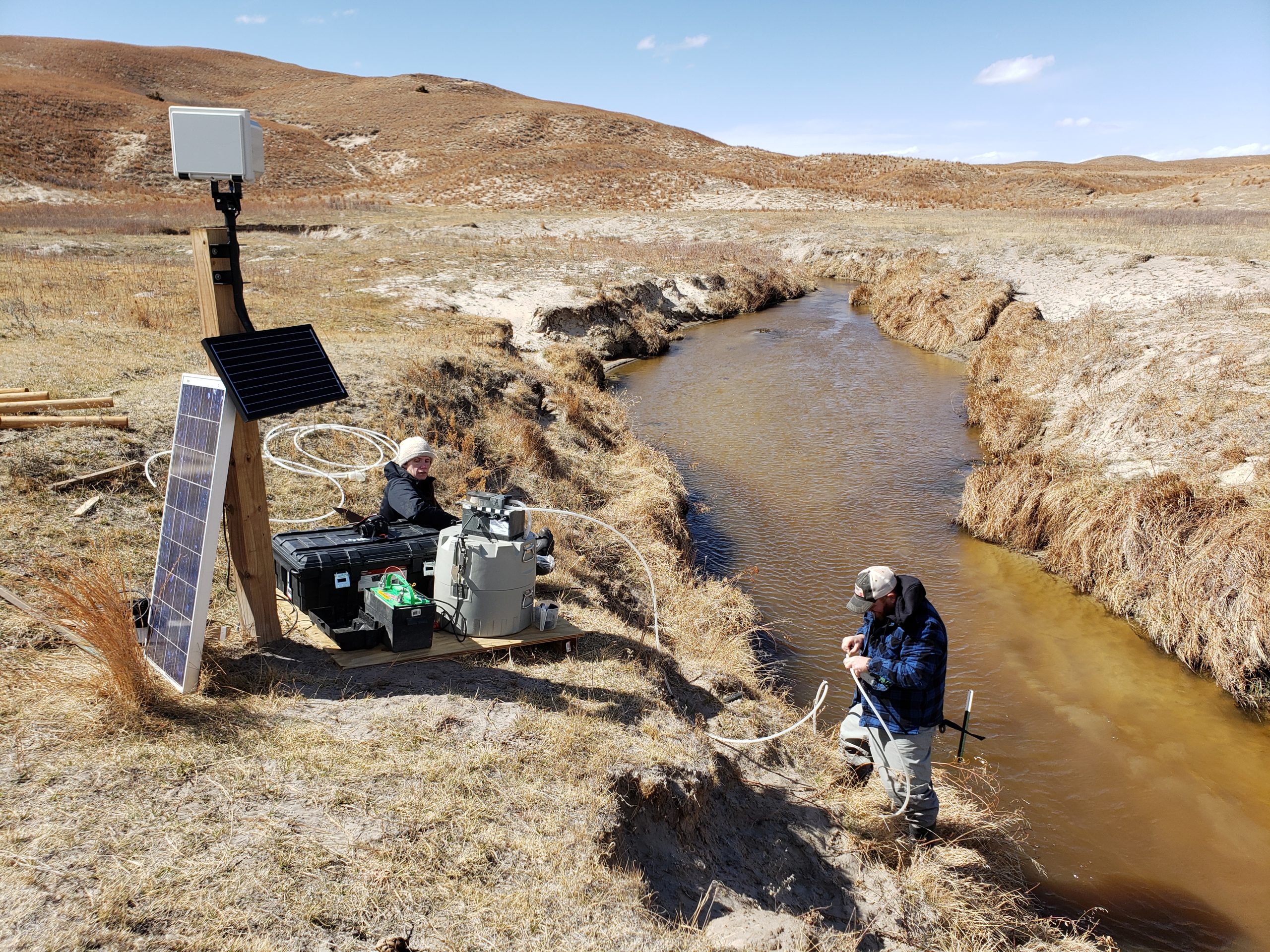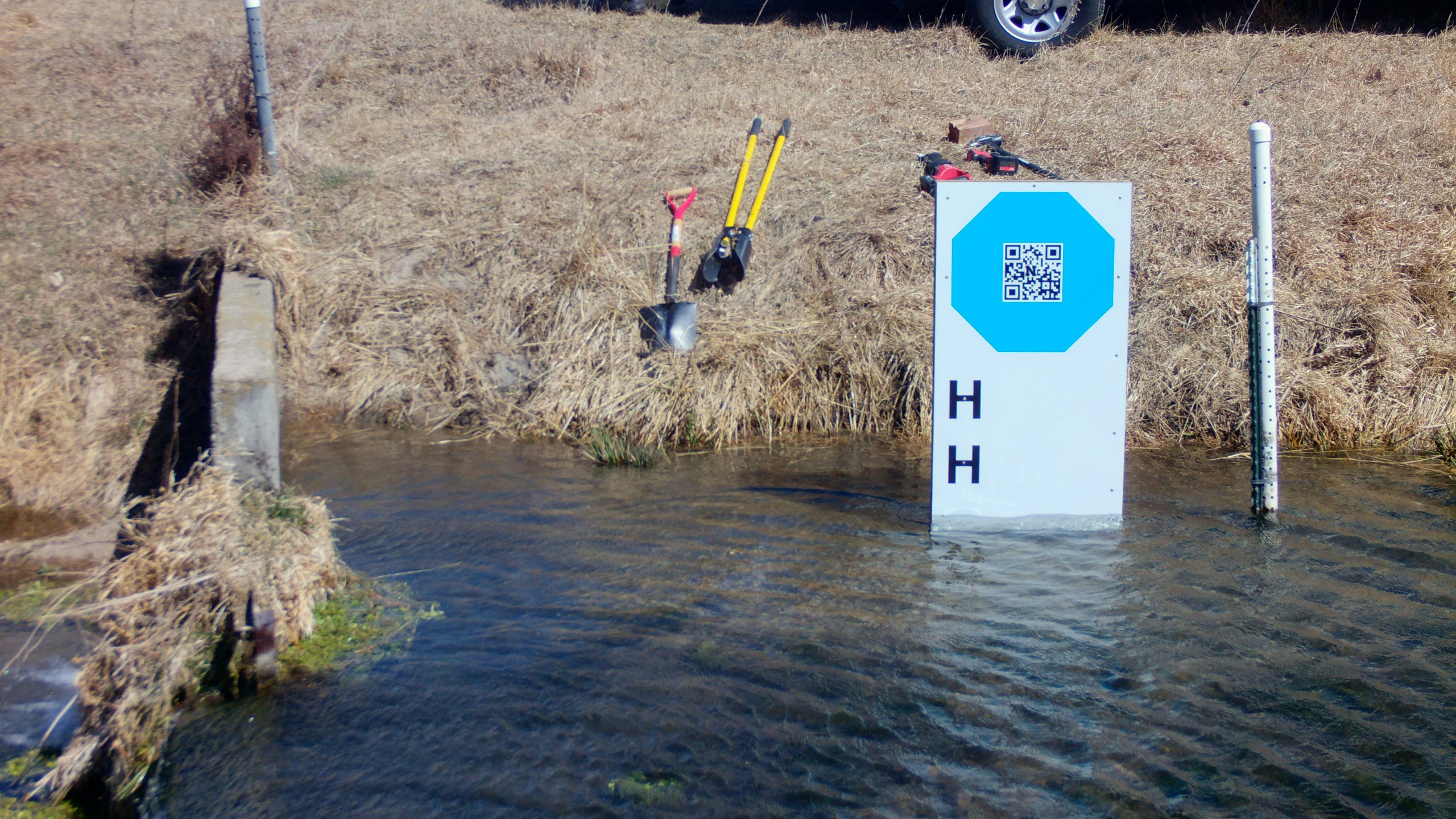Today I wrote a long email to a colleague interested in setting up GaugeCam. Why not share (a lightly-edited version) with the world?!
First, here’s a recent animation of me installing a target. This might take a moment to load.
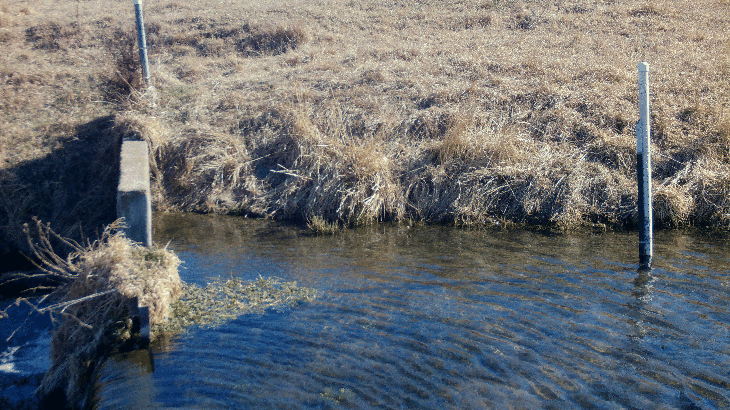
Second, there are a number of additional resources available at https://gaugecam.org/grime2-details/, including this document that describes the installation details for a bowtie target at our North Carolina tidal marsh site: http://gaugecam.org/wp-content/uploads/2022/06/Gaugecam_org_background_installation_guideline.pdf.
A small photo gallery of a stop-sign target installation in Nebraska:

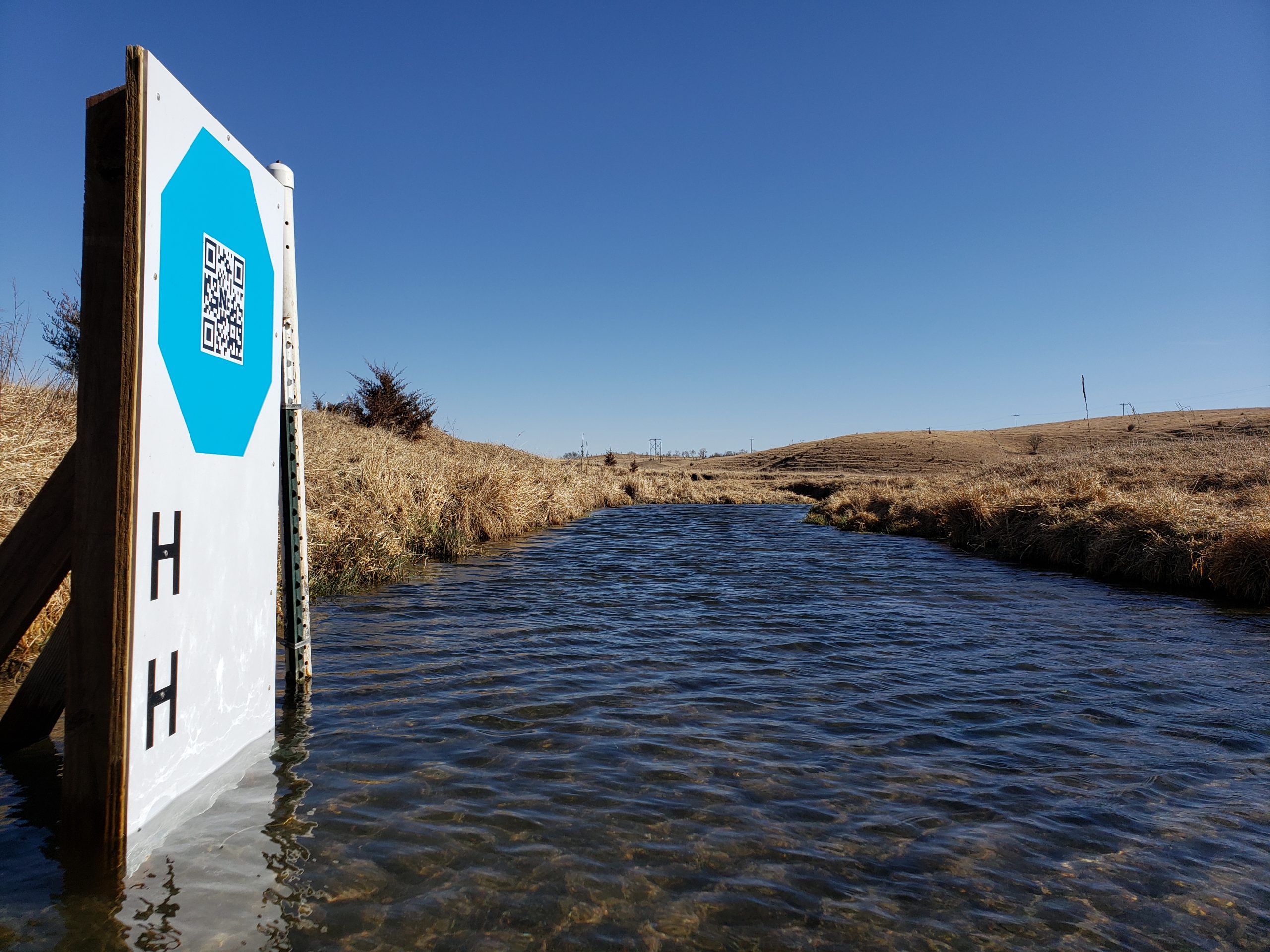
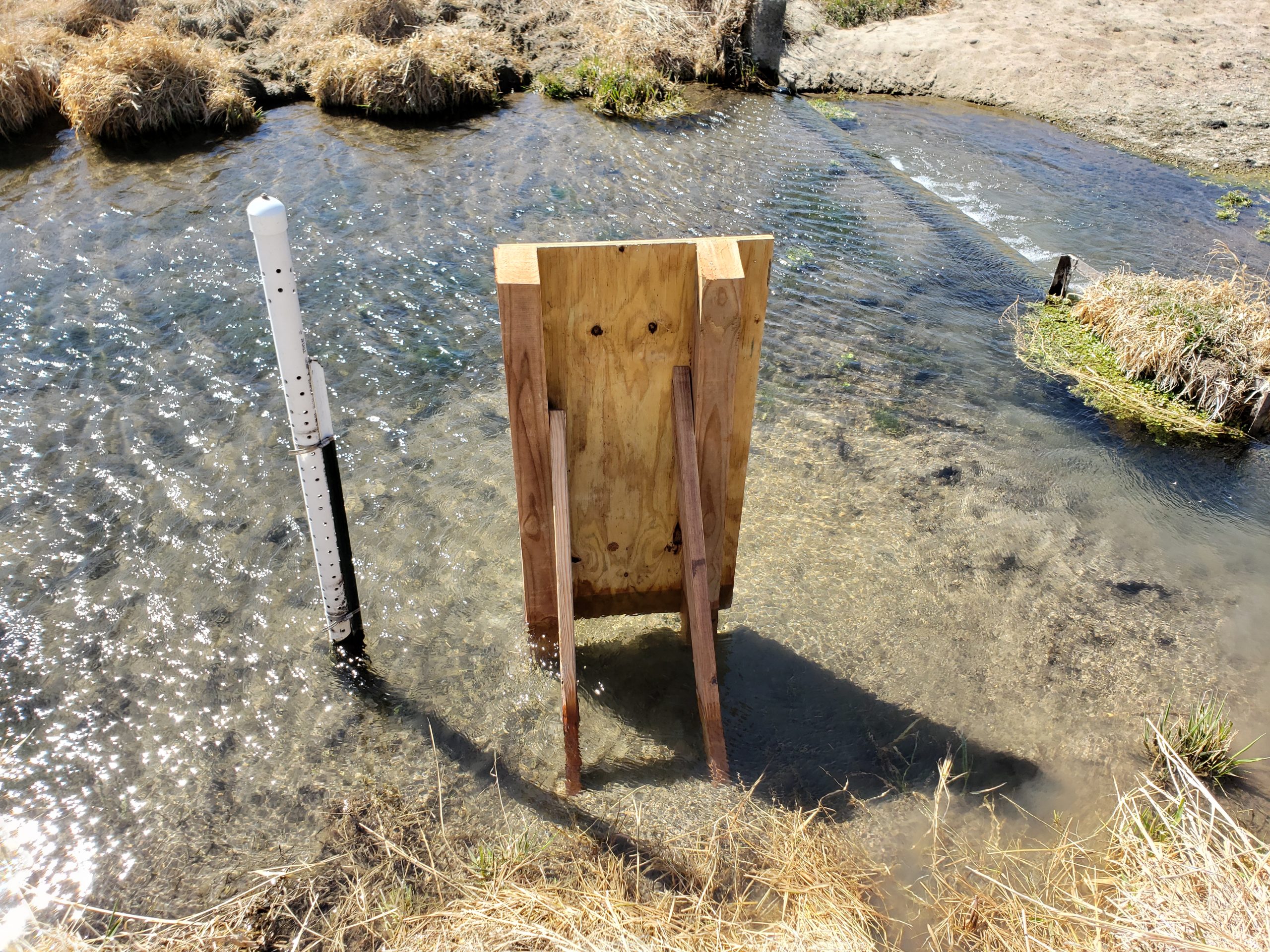

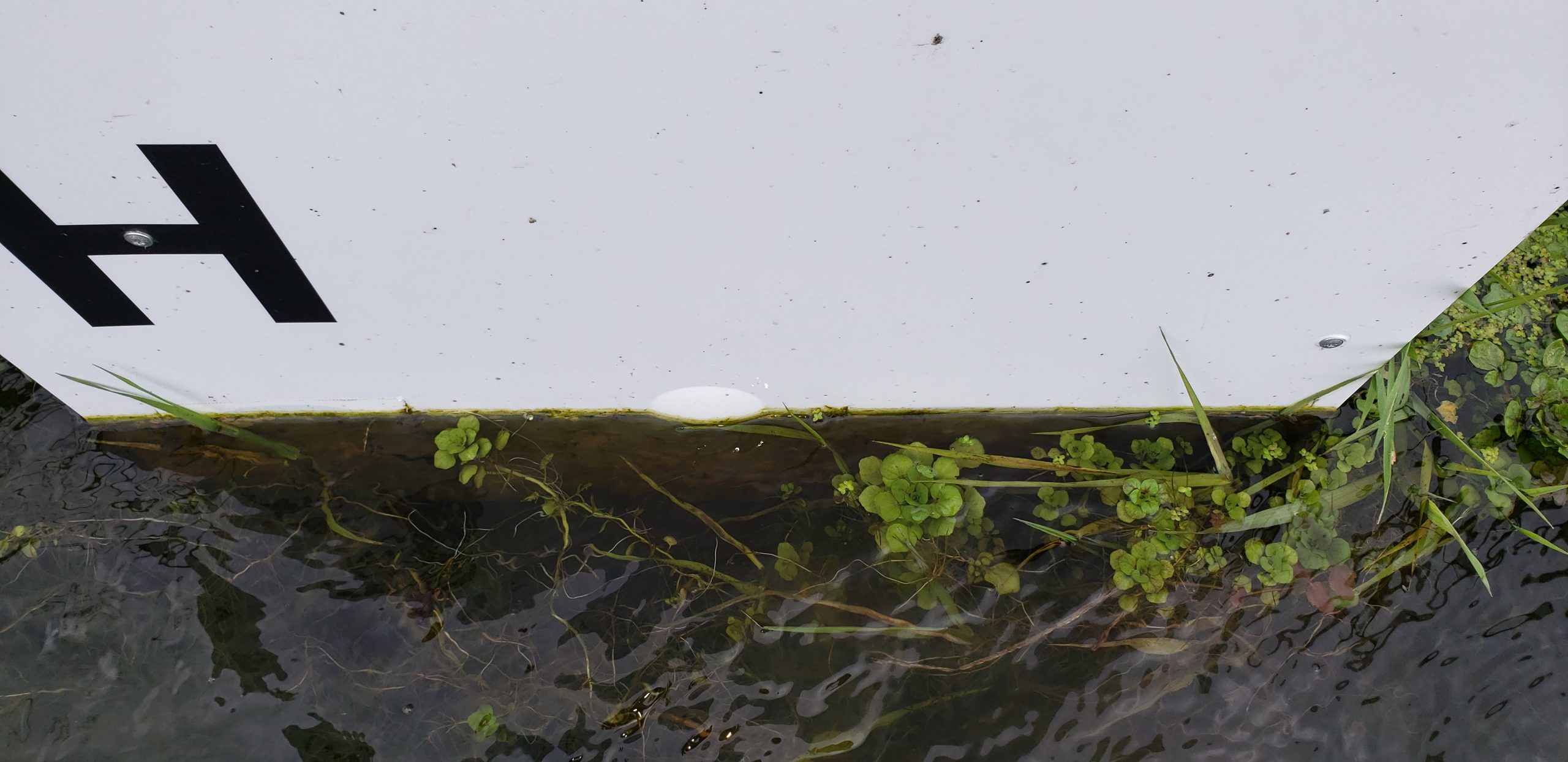
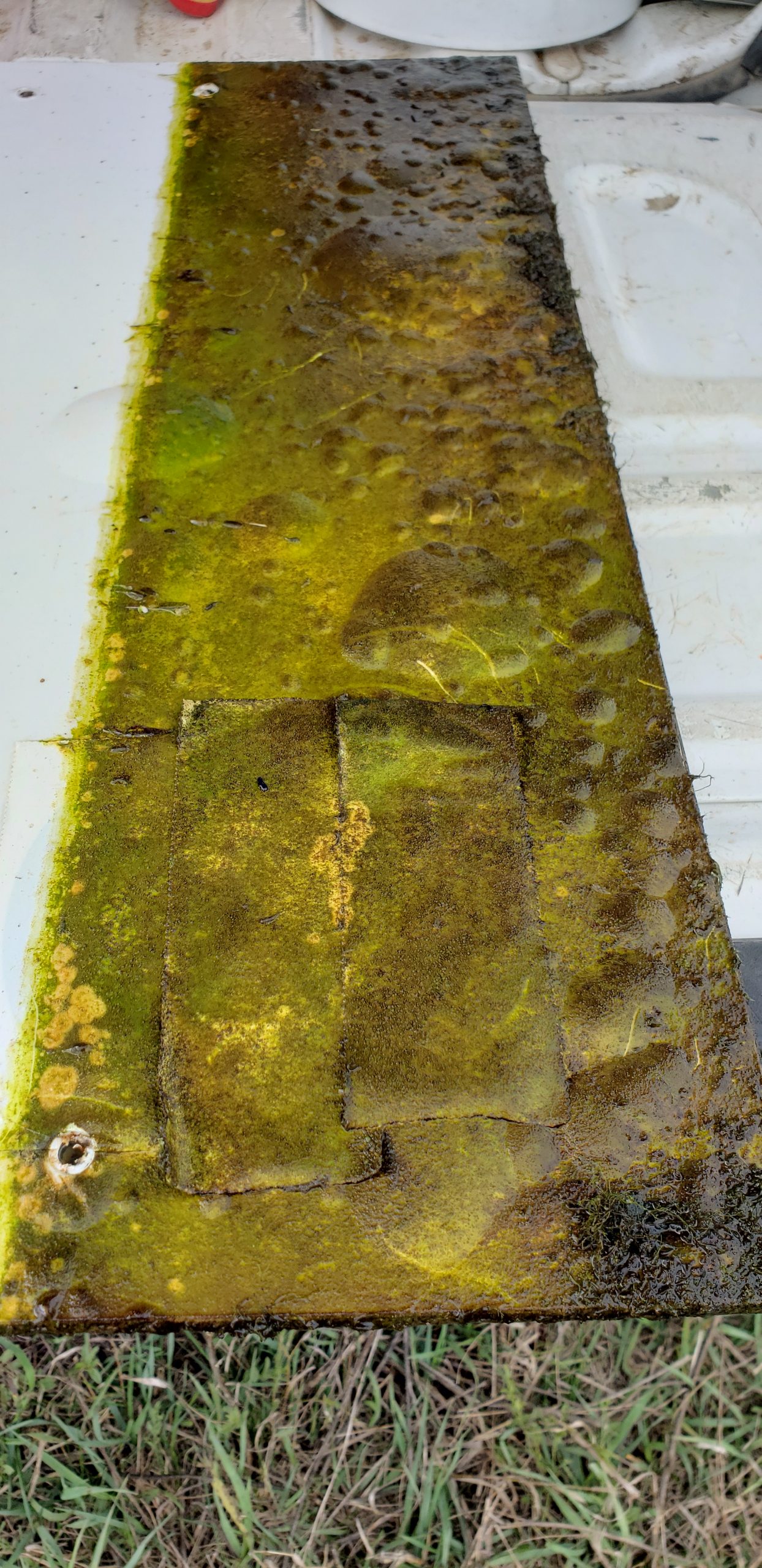
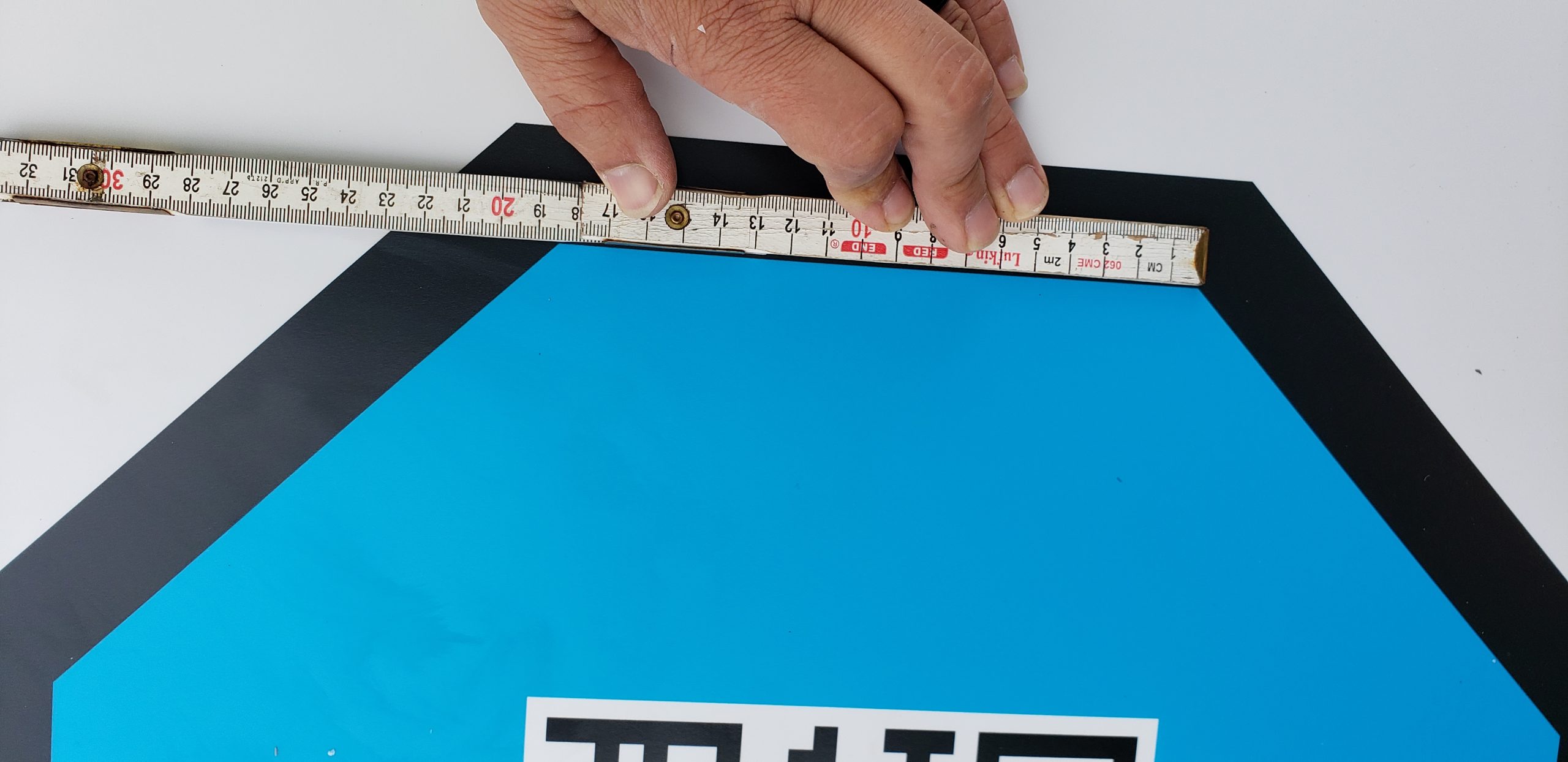
Some practical considerations and details:
- The first question that needs to be answered is the level of reliability and accuracy that is required for your application. If this is an easily-accessed (for maintenance) “demo” site, then this system is perfect for facilitating science communication, etc. If it’s a remote site, with only occasional access for maintenance and data collection, we strongly recommend putting in a cheap transducer alongside the GaugeCam system (e.g., HOBO, $300).
- Accuracy depends on (1) how many real-world mm or cm are represented by each pixel in the image, and (2) the quality of installation and maintenance of the background target. The following are issues to consider for field application:
- In controlled lab experiments, we can achieve high accuracy (+/- 3 mm, about the size of a meniscus; see Gilmore et al. 2013).
- In a carefully maintained tidal marsh installation, accuracy was less, but still quite good (see Birgand et al. 2022).
- You will encounter foggy mornings, spider webs on lens, and other similar environmental issues when using cameras. Expect data gaps of minutes to hours due to these issues.
- While biofouling is a universal problem for many reasons for many applications and industries, we are actively working to mitigate biofouling affects in our application. In the nutrient-rich agricultural streams where we work, biofouling accumulates within 7-10 days, which requires regular cleaning.
- The background must be plumb (perpendicular to the water surface).
- The original bow-tie target (template here, nominally 3’ x 4’) was used in the studies above. The new stop-sign target (template here, nominally 2’ x 4’) is experimental, but is smaller and still seems to give pretty good results. The bow-tie requires a survey of the real-world location of bowtie intersections. The stop-sign target requires only the facet length measurement (assumed to be the same for all 8 facets on the printed target) and reference measurement from the bottom left corner.
- In terms of installation, here is a parts list from my recent installations in sandy to slightly gravelly streambeds:
- Target
- Target background, matte print laminated on plexiglass*
- Two treated 4×4 posts, 8’ long [NOTE: before digging post holes you should have utilities located; contact your local utilities for this (usually free) service!]
- Two treated 2×4 boards, 8’ long
- Two Post- Base Spike for 4×4 Nominal Lumber**
- One ¾” treated sheet of plywood***
- Short (1” or 1 ¼”) pan-head screws (for attaching the plexiglass to the plywood)
- Long (3”) outdoor decking screws
- Thin wood wedges or spacers (for adjusting background so it is plumb – you might be able to cut these in the field)
- Camera
- We suggest Reconyx cameras due to their quality, though nearly any game camera will do
- Suggest RAM mount products to minimize any camera movement (example 1, example 2)
- Suggest adding a lock on camera for security
- Suggest treated 4×6 post for mounting the camera; 4×4 post as very minimum.
- Camera can be mounted on a large tree or similar, but this will usually create a good bit of movement of the camera. Small amounts of movement can be handled by the software, but minimal movement is better.
- Tools that you need (at the very minimum)
- Sledge hammer
- Post hole digger
- Cordless drill
- Cordless saw(s) (at least a reciprocating saw)
- Level
- Measuring tape
- Screwdriver
- Target
*We are looking for a better alternative that does not require as much cleaning and/or is more resistant to biofouling. The matte finish seems like a good attachment surface for biofouling. If you find a local sign shop for printing, I can send you the contact info for my sign shop so they can talk.
**I have used these in the sandy streams, where I cannot dig holes more than ~1 ft into the streambed (the sand collapses in), so adding these spikes on the bottom helps solidify the installation.
***You can print the background on very thick plexiglass and skip the plywood, but I found this to be expensive. So I printed on ¼” plexiglass and mounted on plywood backing.

